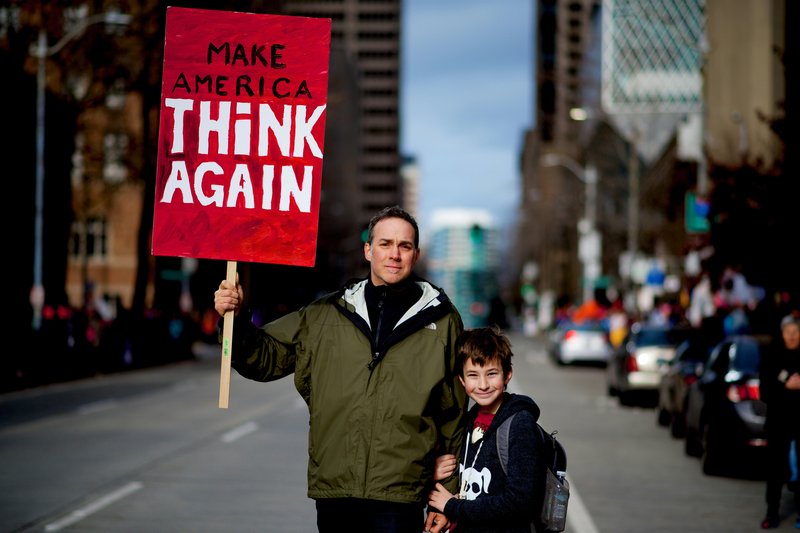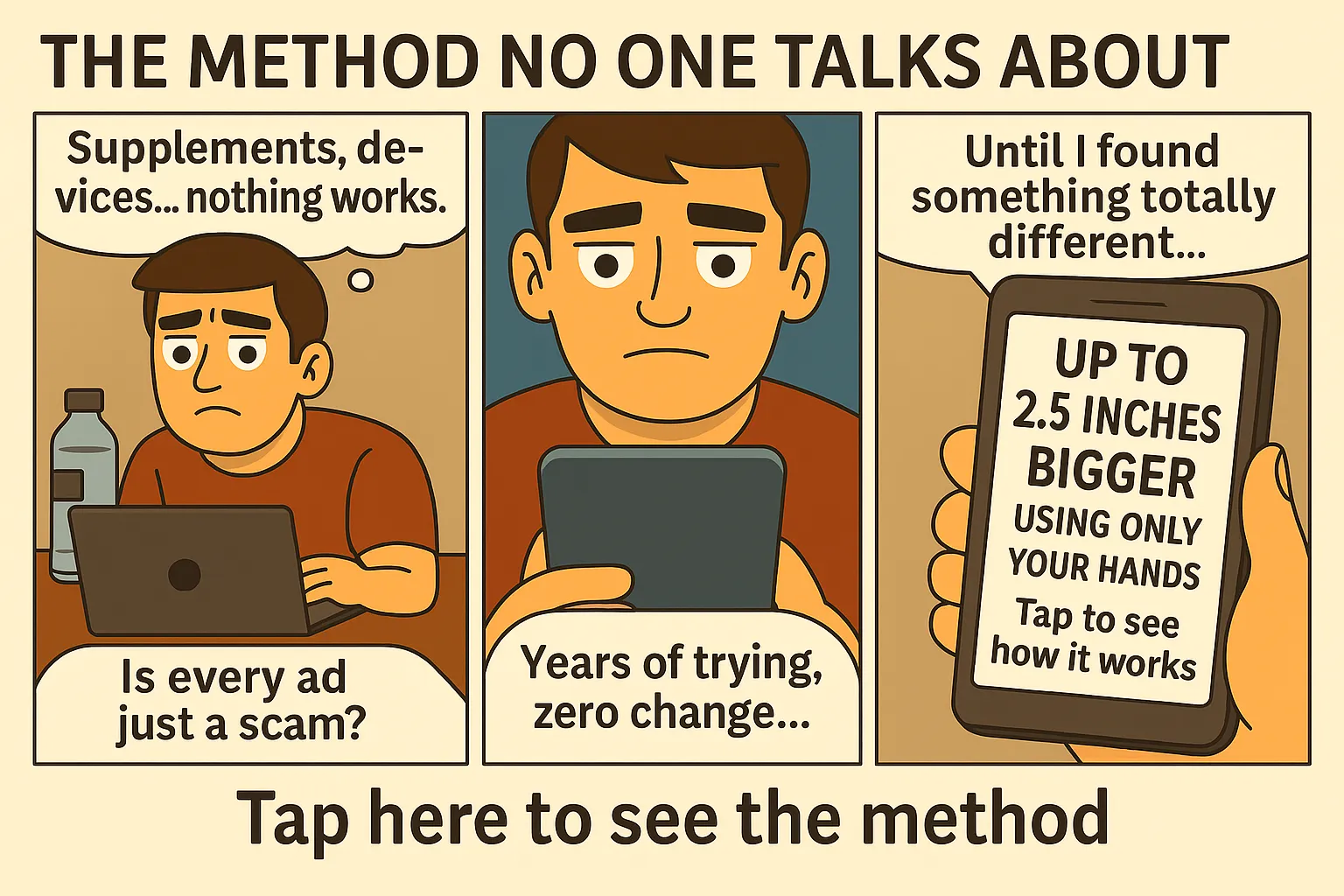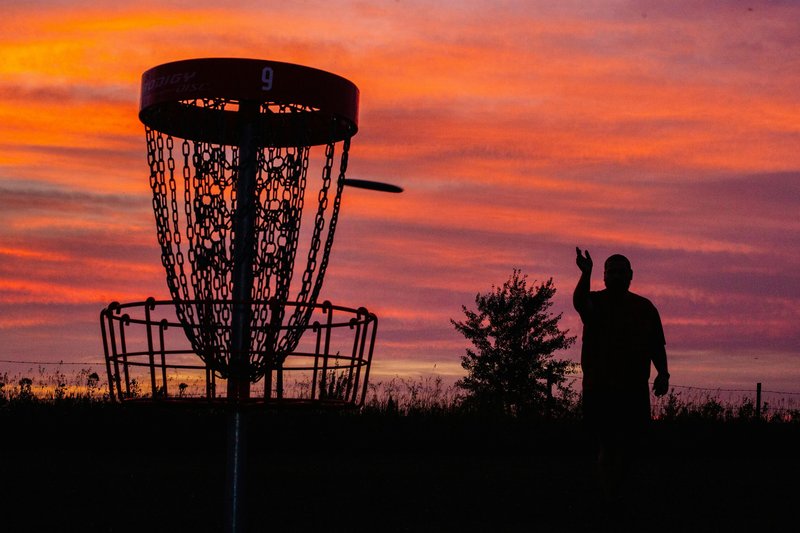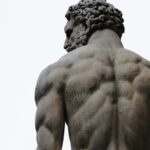Photogenic Muscles: How Flexing Correctly Changes Everything On Camera 💥
You’ve put in the work at the gym — now it’s time to let that definition shine. The right lighting can transform your body, highlighting muscle separation, vascularity, and density that might otherwise stay hidden. If you’re serious about showing off your physique, understanding lighting muscles men use in fitness photos is crucial.
Why Lighting Matters More Than You Think
Lighting isn’t just a photography concern — it’s a muscle amplifier. Good lighting deepens shadows and sharpens contrasts, bringing out lines in your chest, arms, abs, and shoulders. Flat or harsh lighting, on the other hand, can make even a ripped body look average.
The Golden Rule: Top-Down Light
Light coming from above mimics sunlight and casts shadows that define muscle cuts. Whether you’re under a ceiling lamp, a skylight, or the sun at high noon, top-down light is your best friend.
Natural vs Artificial Light: What Works Best?
Natural light — especially during golden hour — adds a soft, warm glow and rich shadows. Artificial light gives more control. For best results, combine both to create highlight and shadow where you need them most. To explore how lighting enhances posing, read our flexing photo tips.
Golden Hour Gains
Golden hour is the period shortly after sunrise or before sunset. This light is warmer, directional, and creates long shadows that enhance body texture. It’s flattering, masculine, and adds emotional punch to your shots.
Overhead Spotlights at Home
If shooting indoors, stand under a single overhead light. Use a darker background for contrast. This mimics dramatic gym lighting and brings out abs, chest striations, and shoulder lines.
Strategic Lighting by Muscle Group
Each muscle group responds differently to light. Understanding how to angle light per area helps you control the final image.
Abs
Use harsh, top-down lighting to deepen the creases between abs. Slightly lean forward and exhale fully to enhance shadows.
Chest
Use side lighting to define inner and outer chest separation. Flex pecs and arch your back to pop volume.
Arms
Use diagonal lighting to emphasize the bicep peak and tricep curve. Combine with a mid-flex and twist.
Back
Stand with a strong top or side light and rotate slightly. The lighting will catch the lats and traps beautifully if posed right. For more on angles, check strong angles men.
What to Avoid: Lighting Mistakes That Kill Definition
- Direct Flash: Flattens muscle definition and erases shadow depth.
- Uneven Lighting: Causes one side of the body to look bigger or off-balance.
- Backlighting: Unless intentional, can silhouette the body and remove front detail.
DIY Lighting Setup for Muscle Photography
You don’t need a studio to look like a pro. Here’s how to set up killer lighting at home:
- One strong overhead light: Use a lamp or ring light pointing downward.
- One side light: Add a lamp 45 degrees from one side to boost definition.
- Dark or neutral background: Helps muscles pop and removes distractions.
- Distance from wall: Stand 2-3 feet away to avoid harsh shadows behind you.
Optional: Use Reflectors
A white towel or reflector placed below can bounce soft light back onto your abs and chest, reducing under-shadow without killing definition.
Combine Lighting with Posing
Lighting alone isn’t enough. Pair it with smart posing to amplify results. For example, lighting from above pairs well with a slight forward lean for abs, while side lighting enhances twisting poses for lats and obliques. Learn more in how to make arms look bigger.
Dynamic Movement
Take multiple shots while moving slightly between each one. Muscles flex and shift differently in every frame, and light will catch details you didn’t expect.
How to Capture Shadows That Define Physique
Shadows create separation. Without them, your muscles will appear flat. Good lighting creates layers. Look for the “S-curve” in your arms and torso as shadows wrap across muscle grooves.
Editing to Enhance Lighting — Without Looking Fake
Subtle tweaks go a long way. Increase contrast and clarity slightly. Avoid over-smoothing or filters that blur details. Your goal is to enhance the shadows and light interaction, not replace them.
More Resources to Master the Shot
If lighting is the key, then angles are the lock. Combine both with posing mastery to unlock your best look. Check out:
Final Thoughts: Light Reveals the Work
Lighting doesn’t fake your gains — it reveals them. With a smart setup, right angle, and good pose, you’ll show exactly how hard you’ve worked. No filters needed. Just truth, muscle, and light.
Want to take your body presence beyond just lighting? Unlock the full transformation with the complete natural method trusted by men who want more size and stamina.
Lighting by Body Type: Highlight Your Strengths
Lighting doesn’t just reveal — it shapes perception. Choosing light direction and intensity based on your physique helps emphasize your best features.
Lean Builds
For leaner men, use harsher overhead or diagonal lighting. This casts shadows across muscle lines and reveals striations. Avoid soft light—it flattens details.
Bulky or Muscular Builds
Use soft diffused light from the side or slightly behind to add contour without over-accentuating volume. This balances out size and adds depth.
Average or Soft Physique
Opt for golden hour or warm artificial light. Slight shadows around the edges of the body help define shape without exposing every contour harshly.
Warm vs Cool Light: Which One Wins?
The temperature of light changes the emotional tone and physical detail of your photo. Here’s how:
Warm Light (Yellow/Golden)
- Creates a natural, healthy glow
- Softens skin texture
- Emphasizes abs, chest, and traps gently
Cool Light (White/Blue)
- Reveals hard detail and cuts
- Makes veins and striations pop
- Can look harsh if overexposed
Before You Snap: Lighting Prep Checklist
- Choose lighting source (natural, artificial, or both)
- Decide on angle (top-down, diagonal, side)
- Set up a neutral background
- Adjust posture to align with light direction
- Time your shot for post-pump vascularity
- Test shadows and highlights in mirror or preview
- Use a remote shutter or timer to avoid camera shake
Common Visual Pitfalls to Avoid
You might have good lighting — but if everything else is wrong, your photo suffers.
- Cluttered background: Distracts from your physique
- Reflective surfaces: Can bounce unwanted glare
- White or glossy walls: Reduce contrast and kill shadow depth
Experimentation Is Key
Lighting is not one-size-fits-all. Try different sources, directions, and room setups. Track which ones make your body pop the most. Save the setup, repeat often, and improve with every photo.
Level Up with Interconnected Strategies
Lighting is one pillar. To truly dominate the shot, combine it with smart camera placement, posing, and wardrobe. Read more in our guides:
Lighting is Power
In fitness photography, lighting equals power. When done right, it adds size, cuts, shape, and presence. You don’t need to be ripped — you need to be lit right.
Take this seriously. Great lighting turns a decent photo into a jaw-dropper. And the more you control it, the more you control your visual impact.
And when you’re ready to level up beyond aesthetics, discover the complete transformation method trusted by thousands of men.
Scientific Insight: Why Light Changes Perception
Muscle definition is all about contrast. When light hits the surface of your body, it creates highlights on the peaks and shadows in the valleys — revealing separation between muscle groups. Without contrast, even lean physiques appear flat. That’s why manipulating light is so effective.
Angles and Refraction
Hard light at steep angles exaggerates dips and ridges. Softer light spreads more evenly, minimizing surface texture. Use this to your advantage depending on which area you want to highlight or soften.
How Fitness Influencers Use Light to Cheat Size
You’ve seen it online — guys who look 10x bigger in photos than in person. While some of that is posing, a lot is lighting manipulation. Here’s what they’re doing:
- Using top-down spotlights in dark rooms: Creates sharp, dramatic shadows
- Positioning near windows: Natural diffusion plus directional shadow
- Combining slight oil sheen: Catches highlights for shine and volume
Document Your Progress With Consistent Light
Want to actually measure your gains visually? Use the same lighting conditions every time you take progress photos. Same time of day, same room, same angle. This removes lighting bias and reveals your true transformation.
Takeaways: Make the Light Work for You
To look more defined in photos, control your lighting. It’s not about filters, muscles, or perfect genetics — it’s about direction, intensity, and confidence.
- Master overhead and side lighting
- Practice posing under consistent sources
- Avoid flat flash and reflective backgrounds
- Use the environment (sunlight, windows, lamps) to your advantage
Ready to Go Beyond Muscle Definition?
If you’ve come this far, you care about how you look — and how you feel. But real results start from within. Join the thousands of men using our method to naturally boost size, stamina, and confidence.
📊 Flexing: Mistakes vs. Mastery
| Common Mistake | Pro Technique |
|---|---|
| Flexing all muscles at once | Isolate and control each muscle group for targeted tension |
| Bad lighting from the front | Use top-down or angled lighting to create muscle shadows |
| Neutral posture | Open chest, relaxed face, confident stance |
| Camera too close or high | Mid-range distance with slightly low angle for dominance |
FAQs ❓
Can I improve how I look in photos without gaining more muscle?
Absolutely. Flexing correctly, using proper lighting, and learning body angles can make a dramatic difference in how muscular and confident you appear — even with your current build.
Is there a best time to take flexing photos for maximum muscle pop?
Yes. Right after a workout — especially arm or chest day — your muscles are filled with blood (the “pump”), making them appear larger, harder, and more defined on camera.









